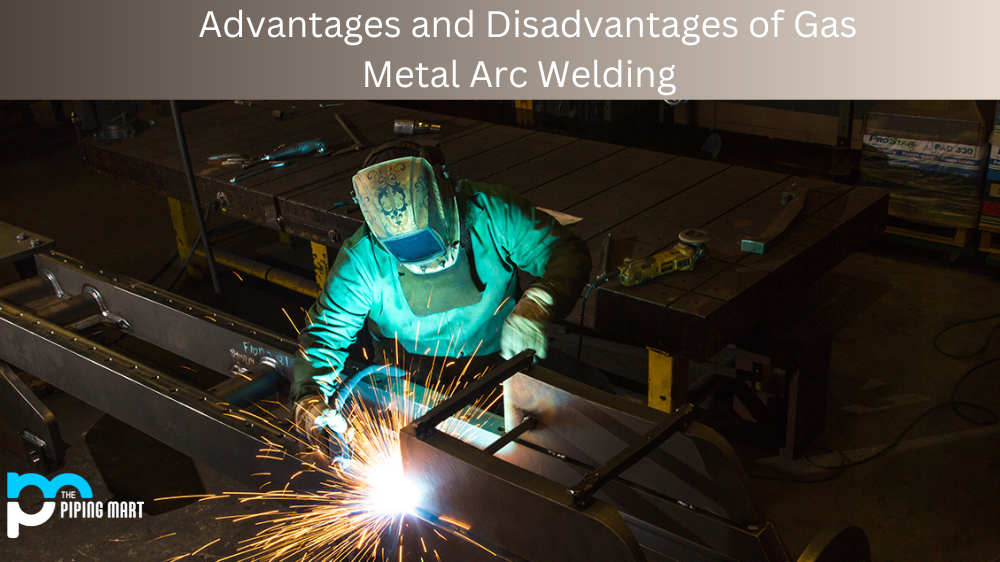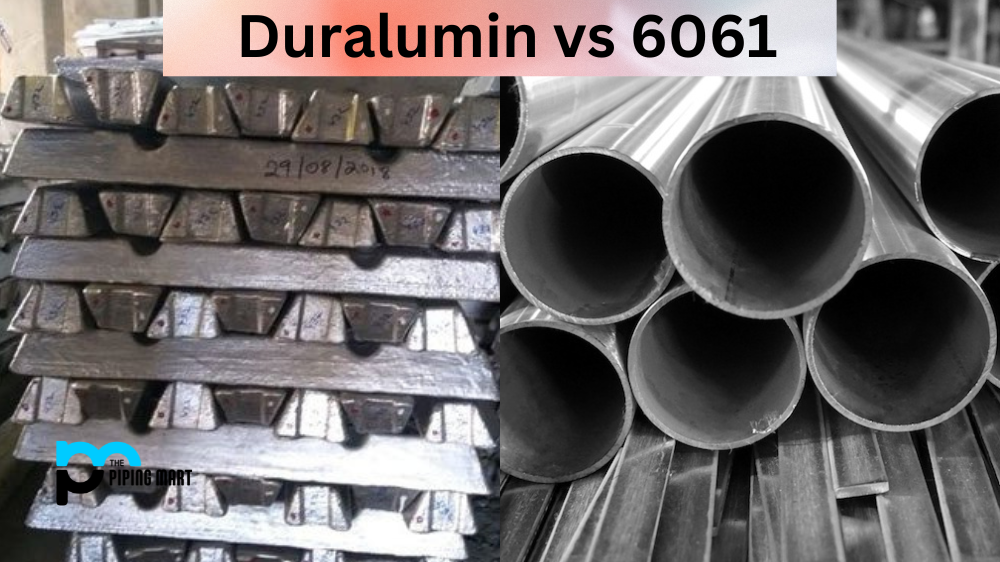Gas metal arc welding (GMAW) is a popular welding process that has been around since the 1950s. While it is widely used in various industries, GMAW has advantages and disadvantages that should be considered before deciding if it’s suitable for your project.
5 Advantages of GMAW
The main advantage of GMAW is its versatility. It can weld multiple metals, including steel, aluminum, stainless steel, and nickel alloys. The process also produces high-quality welds with minimal heat distortion or burn-through. This makes it ideal for more delicate projects where precision and accuracy are key. Additionally, GMAW can be used indoors and outdoors without sacrificing quality or speed.
Increased Productivity
Gas metal arc welding (GMAW) is a welding process that is highly efficient and can be used to weld a variety of metals, including aluminum, stainless steel, and mild steel. This type of welding is typically used in industrial applications where high productivity is required.
Reduced Costs
Another advantage of gas metal arc welding is that it can help to reduce costs. This type of welding is less expensive than other types, such as oxy-acetylene welding, and it can help save time and money.
Increased Safety
Gas metal arc welding is also safer than other methods, such as oxy-acetylene welding. This is because GMAW does not require open flames, which can be dangerous. Additionally, GMAW does not produce harmful fumes or smoke, making it a safer option for welders and those working nearby.
Greater Versatility
Gas metal arc welding is also a more versatile type of welding than other methods. This is because GMAW can weld various metals, including aluminum, stainless steel, and mild steel. Additionally, GMAW can be used to weld in difficult-to-reach places, such as tight corners or vertical surfaces.
Improved Quality
Finally, gas metal arc welding also produces higher-quality welds than other methods. This is because GMAW has cleaner welds with fewer defects. Additionally, GMAW welds are typically stronger and more durable than other methods.
Another big plus for GMAW is its efficiency. The process is relatively fast compared to other welding processes, making it ideal for high-volume production runs or large-scale projects. The ability to feed wire continuously throughout the process also helps increase productivity by eliminating the need for frequent stops to swap out consumables like electrodes or filler rods. Finally, because GMAW requires little setup time or adjustment from one job to another, it can easily be adapted to fit changing production needs in an industrial environment.
5 Disadvantages of GMAW
One potential downside when using GMAW is that it requires more equipment than other welding processes. For example, you will need a power supply, shielding gas delivery system, wire feeder unit, and gun/torch assembly—all of which must be connected properly and adjusted correctly to ensure quality welds each time. Without proper setup and ongoing maintenance, this could lead to costly repairs down the road due to poor weld quality or wasted materials due to inefficient operation.
In addition, because GMAW relies on electricity as its primary power source, additional costs may be associated with using this process if you don’t already have access to a reliable power source on site. And lastly, while the process produces good welds quickly, there are some limitations when welding thicker metals, particularly those over 1 inch wide, which may require slower speeds or preheating before welding to achieve acceptable results.
Limited to Flat or Horizontal Surfaces
One of the most significant disadvantages of gas metal arc welding is that it can only be used on flat or horizontal surfaces. This means that it cannot be used on vertical or overhead surfaces. This limitation can make it difficult to weld certain types of materials or to reach certain areas.
Requires a Good deal of Skill
Another disadvantage of gas metal arc welding is that it requires a good deal of Skill to perform correctly. This type of welding is not as forgiving as other methods, such as stick welding, and can be challenging to master. This can make it difficult for beginners or those with limited experience to produce quality welds.
Can Produce Excessive Spatter
Another issue with gas metal arc welding is that it can produce excessive spatter. Spatter is the tiny droplets of molten metal ejected from the weld during the welding process. While some spatter is normal, excessive spatter can cause problems, such as porosity in the weld or contamination of the workpiece.
Can Be Dangerous
If proper safety precautions are not taken, gas metal arc welding can also be dangerous. The welding arc produces intense ultraviolet light that can damage the eyes and skin. Additionally, the fumes produced by gas metal arc welding can contain harmful chemicals, such as chromium and manganese, which can cause respiratory problems if inhaled.
Is Not Always Cost-Effective
Finally, gas metal arc welding is only sometimes cost-effective, especially compared to other methods, such as stick welding. Gas metal arc welding typically requires more expensive equipment and consumables, making it more costly in the long run.
Conclusion:
As with any welding process, some pros and cons must be weighed before deciding if gas metal arc welding (GMAW) suits your project or business needs. While it does offer many advantages, such as versatility across multiple metals types combined with higher productivity levels than some other processes, it also requires additional equipment investments upfront along with careful setup times before welding begins as well as routine maintenance intervals throughout use in order keep things running smoothly — not to mention any related electricity costs associated with powering your equipment which may vary depending on your location/site conditions/etc. However, these potential drawbacks shouldn’t deter anyone from considering this cost-effective method as long as they understand what they’re getting into upfront so they can plan accordingly! In the end, though, no matter which type of welding you choose, having a clear understanding of the advantages and disadvantages before beginning will help ensure maximum success!

A passionate metal industry expert and blogger. With over 5 years of experience in the field, Palak brings a wealth of knowledge and insight to her writing. Whether discussing the latest trends in the metal industry or sharing tips, she is dedicated to helping others succeed in the metal industry.




